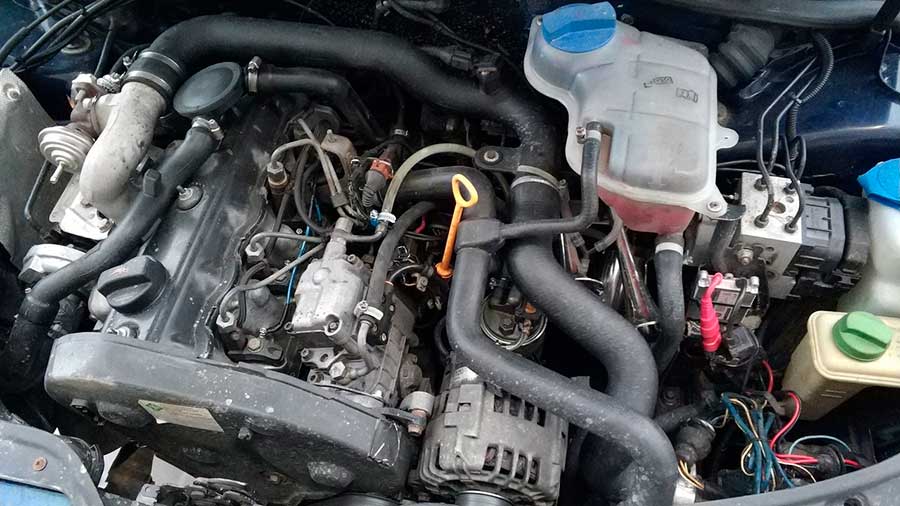
The car starts and immediately stalls when cold - what could be the reasons
Content
A car engine is a complex multi-component system, so the improper functioning of even a small unit or part can block the operation of the entire power unit.
If the car starts and stalls when cold, then the car's engine or fuel system needs repair. But in order to fix the problem, you first need to determine the cause of this behavior of the power unit. Without this, investing money in repairs does not make sense.
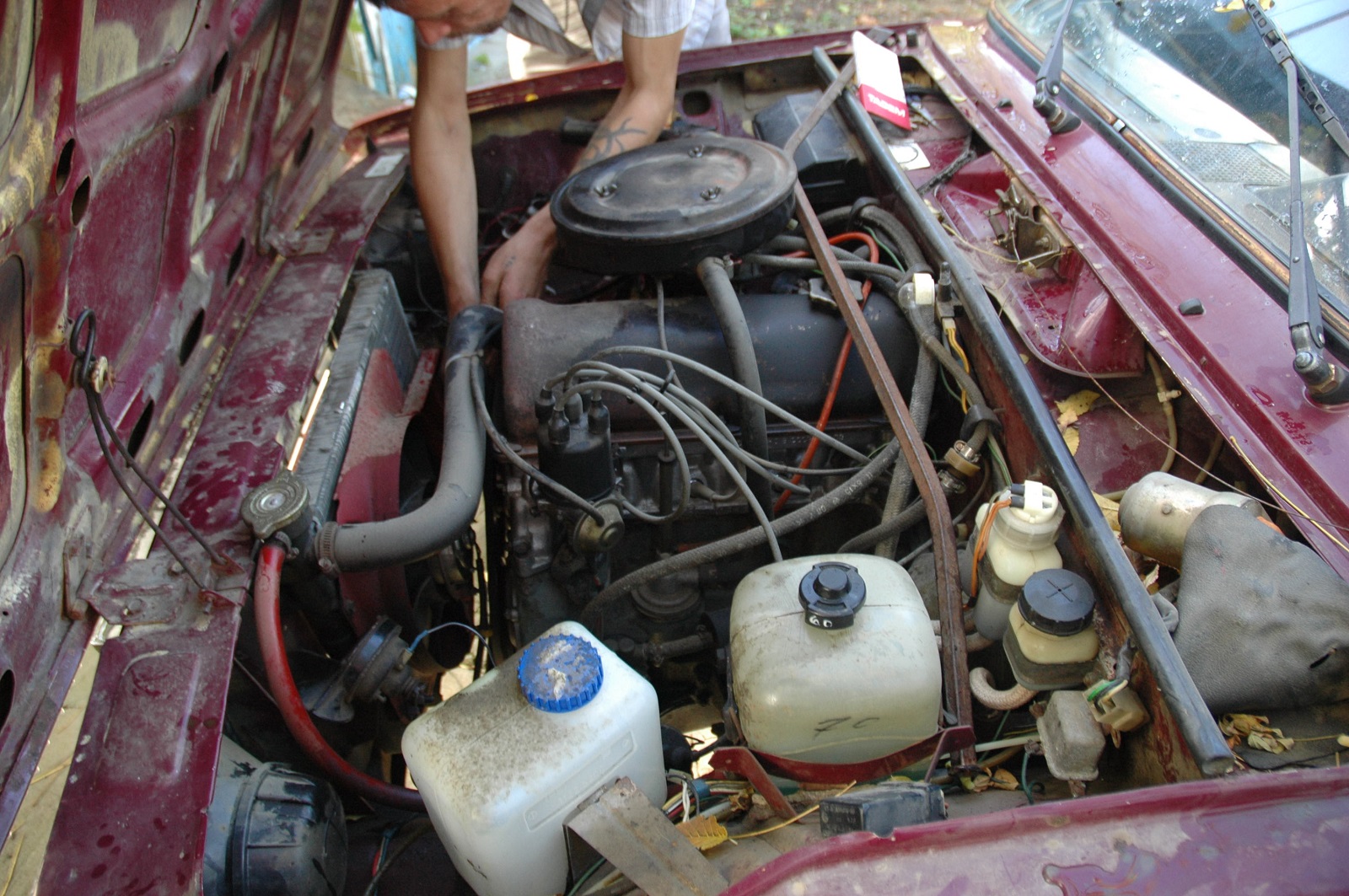
If the engine stalls or does not start, you have to look for the cause of the malfunction
What happens during the start and operation of the engine "cold"
Starting "cold" means that you have to start the power unit, the temperature of which is equal to the street temperature. Because of this:
- fuel ignites and burns more slowly;
- the air-fuel mixture reacts much worse to a spark;
- the ignition timing (UOZ) is reduced to a minimum;
- the air-fuel mixture should be richer (contain more gasoline or diesel fuel) than after warming up or when working under load;
- too thick oil does not provide effective lubrication of rubbing parts;
- the thermal clearance of the piston rings is maximum, which reduces compression;
- when the piston reaches top dead center (TDC), the pressure in the combustion chamber is noticeably lower than after warming up or when operating at higher speeds;
- the thermal clearance of the valves is maximum, which is why they do not fully open (unless the engine is equipped with hydraulic compensators);
- when the starter is turned on, the voltage of the battery (battery) sags strongly;
- fuel consumption is minimal due to the very low starter speed.
This is characteristic of all automobile engines, regardless of the type of fuel, as well as the method of its supply.

Consequences of starting the engine without warming up
If the engine is started, then it goes into idle (XX) or warm-up mode, while:
- the air-fuel mixture is slightly leaner, that is, the amount of fuel is reduced;
- slightly increase UOZ;
- the voltage of the on-board network increases markedly, because the starter turns off and the generator turns on;
- the pressure in the combustion chamber when reaching TDC increases markedly, due to the higher piston speed.
As the oil warms up, the temperature of the oil increases, which increases the efficiency of lubrication of rubbing parts, and the combustion chamber gradually heats up, due to which the air-fuel mixture ignites and burns faster. Also, due to higher speeds, fuel consumption increases.
In order for the engine to start normally and start working at idle, the following is necessary:
- sufficient compression;
- correct UOZ;
- correct air-fuel mixture;
- sufficient spark power;
- sufficient voltage and battery capacity;
- serviceability of the generator;
- supply of sufficient fuel and air;
- fuel with certain parameters.
A mismatch of any of the points will lead to the fact that either the car does not start, or the car starts and immediately stalls when cold.
Why the engine won't start
Here are the reasons why the car stalls when starting the engine on a cold one:
- wrong air-fuel mixture;
- insufficient battery voltage;
- wrong UOZ;
- insufficient compression;
- weak spark;
- bad fuel.
These reasons are relevant for all types of gasoline and diesel engines. However, a diesel-powered power unit does not need a spark ignition of the mixture, so fuel injection at the right time, shortly before the piston reaches TDC, is important for it. This parameter is also called the ignition timing, because the fuel flares up due to contact with hot air from compression.
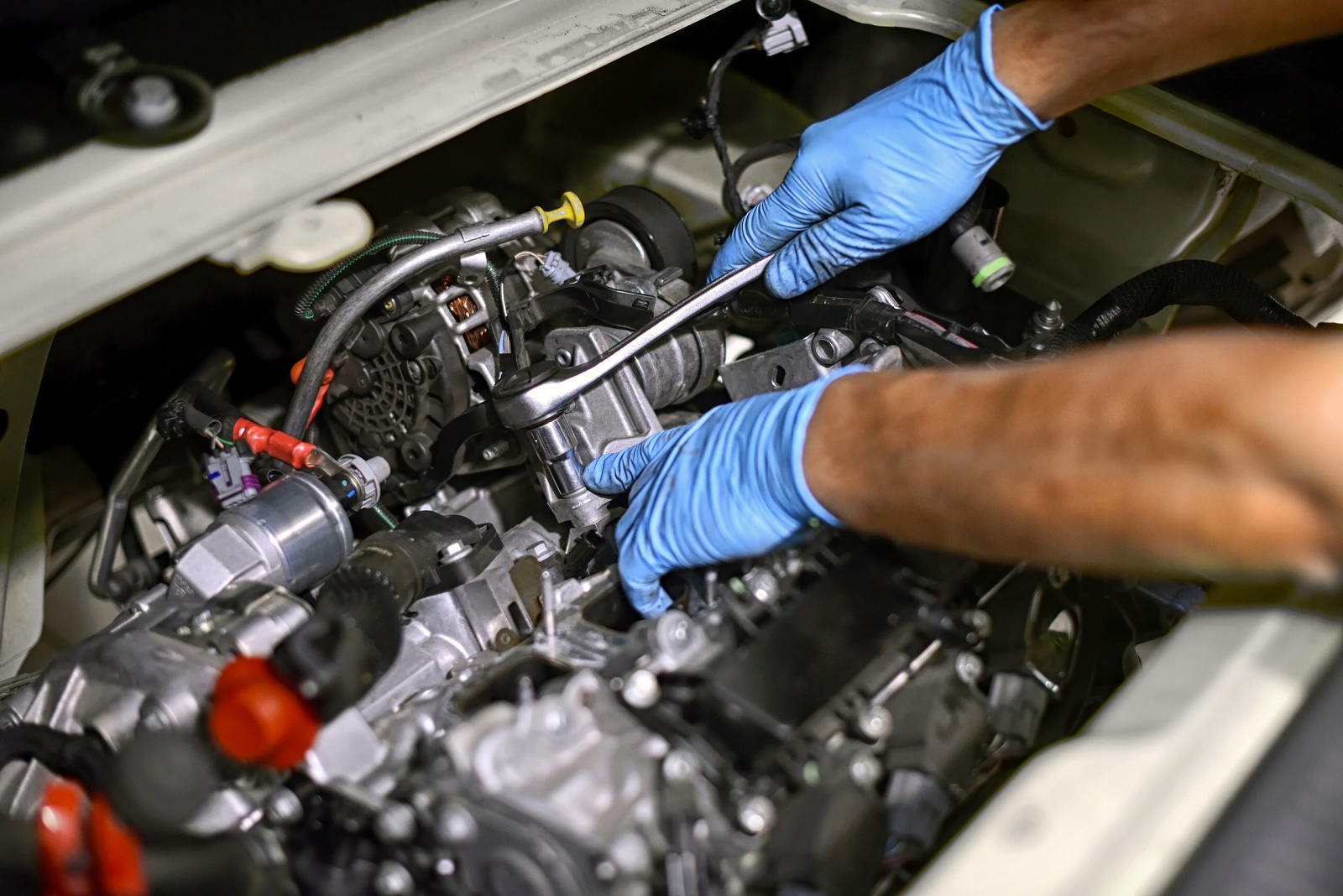
Finding a problem in the engine
Incorrect air-fuel mixture
The correct air-fuel ratio depends on:
- condition of air and fuel filters;
- serviceability of the carburetor;
- correct operation of the ECU (injection engines) and all its sensors;
- injector status;
- condition of the fuel pump and check valve.
Condition of air and fuel filters
Dosing systems of any type of engine work with a certain amount of air and fuel. Therefore, any unintended reduction in throughput results in an incorrectly proportioned air-fuel mixture. Both types of filters limit the flow of air and fuel, resisting their movement, but this resistance is taken into account in the metering system.
As the air and fuel filters get dirty, their throughput decreases, which is especially dangerous for carbureted cars, because the proportions of the mixture are set by the diameters of the jets. In engines with an ECU, sensors inform the control unit about the amount of air that the power unit consumes, as well as the pressure in the rail and the operation of the nozzles. Therefore, it adjusts the composition of the mixture within a small range and gives the driver a signal about a malfunction.
But even in power units with an electronic control unit, severe contamination of the air and fuel filters affects the proportions of the air-fuel mixture - if the car stalls when cold, then first of all check the condition of the filters.

The air filter is an important part of the engine
Serviceability and cleanliness of the carburetor
This device is equipped with several systems for different engine operating modes, so starting a cold engine is provided by one of them. The system includes:
- air and fuel channels;
- air and fuel jets;
- air damper (suction);
- additional devices (not available on all carburetors).
This system provides a cold start engine without pressing the gas pedal. However, improper tuning or dirt inside, as well as various mechanical failures, often lead to the fact that the car stalls on a cold start. This system is part of the idle system, which ensures stable operation of the power unit at low speeds, regardless of its temperature.
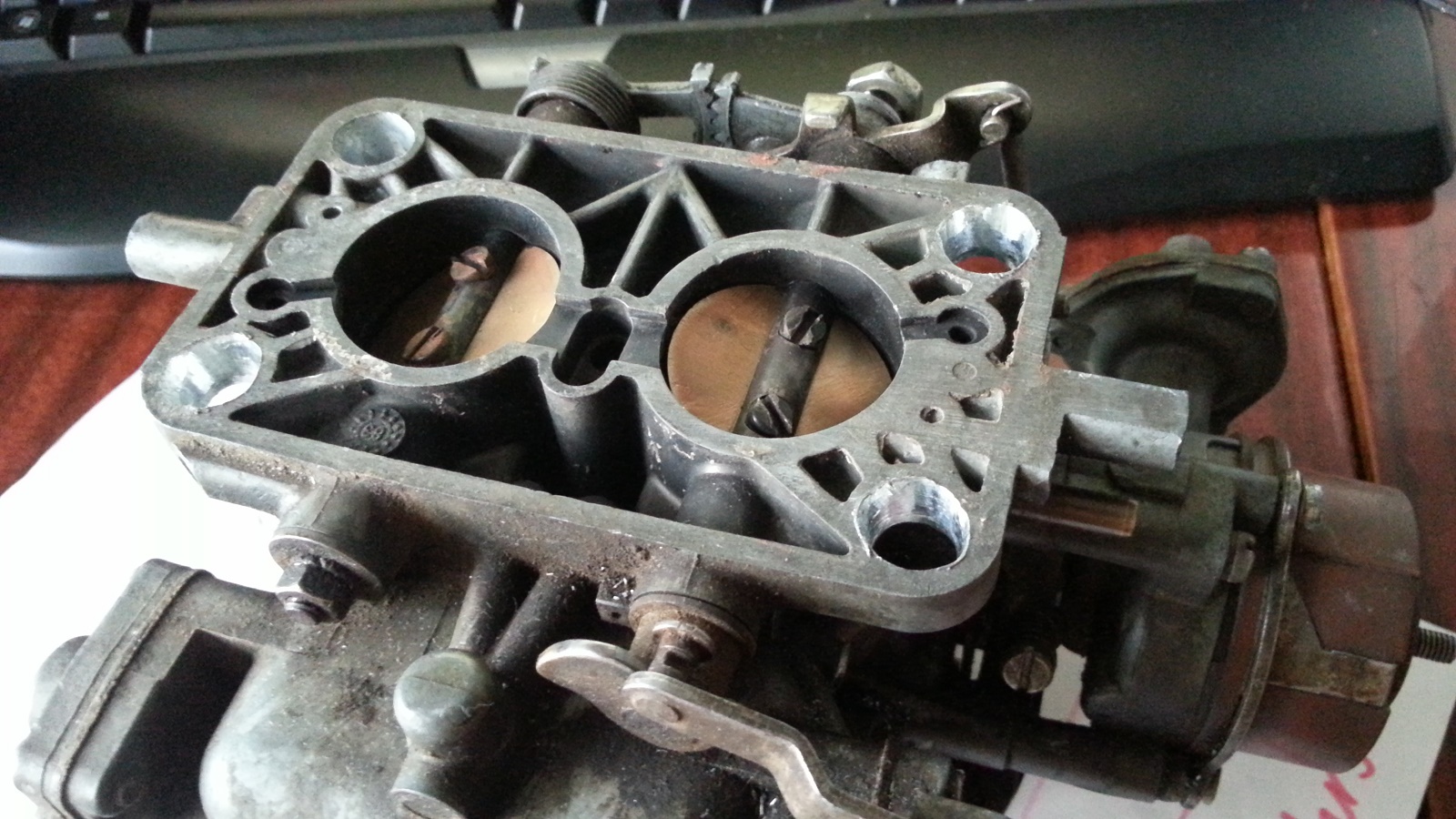
Checking the health of the carburetor
It is rather difficult to check the cleanliness and serviceability of the carburetor, so proceed by elimination - if all other reasons are excluded, then it is the case. If you do not know how to repair and tune this part, contact an experienced minder or carburetor.
Correct operation of the computer and its sensors
All injection engines (injection and modern diesel) engines are equipped with an electronic control unit that collects information from numerous sensors and, focusing on it, dispenses fuel. Gasoline or diesel fuel is in the rail under a certain pressure, and the amount of fuel is dosed by changing the opening time of the nozzles - the longer they are open, the more fuel will enter the combustion chamber. Incorrect sensor readings or errors in the operation of the ECU on a warm engine lead to a loss of power or an increase in fuel consumption, but when starting “cold”, they can completely block the engine.
This is due to the fact that with insufficient pressure in the combustion chamber and a low temperature, an air-fuel mixture with incorrect proportions flares up much worse than optimal, due to which the car starts and immediately stalls when cold or does not start at all. The advantage of vehicles with an ECU is that the control unit processor evaluates the operation of all systems and, in the event of a malfunction, generates an error signal that can be read using a special scanner.
Injector status
For efficient combustion of fuel in injection and diesel engines, fuel must be injected so that it turns into dust. The smaller the size of the droplets, the easier it is for a spark or hot air to ignite the fuel, so the car often stalls on a cold engine due to improper operation of the nozzles. Computer diagnostics only on modern machines or in case of very severe damage to the injectors gives a signal about their malfunction. You can check the operation of these parts only at a special stand. To check the functionality of the injectors, and if necessary, repair them, contact a large car service where there is a good fueler.
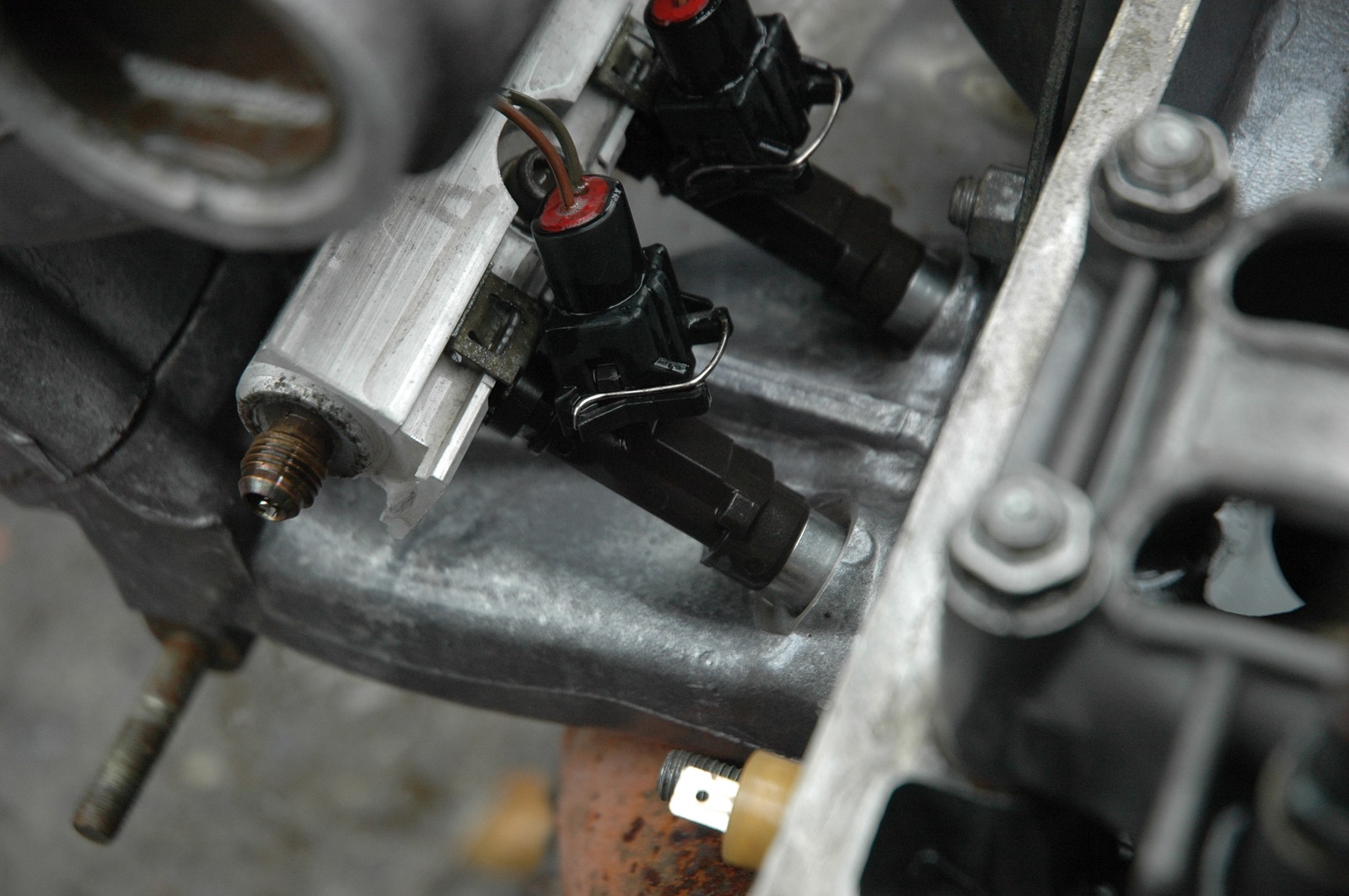
The nozzles inject and spray fuel, the operation of the engine depends on their condition.
Fuel pump and check valve condition
This depends on the correct dosing of fuel by a carburetor or nozzles. On a car with a carburetor, the inefficient operation of the fuel pump leads to an insufficient level of fuel in the float chamber, which means a reduction in its proportion in the air-fuel mixture. On diesel and injection power units, inefficient pump operation leads to poor atomization of fuel and a reduction in its proportion in the mixture, which makes it difficult to ignite the contents of the cylinder.
The check valve regulates the pressure in the rail, because the pressure created by the pump is much higher than what is required for the operation of the rail. On engines with carburetors, this function is played by floats and a needle. In addition, a non-return valve prevents the system from airing after excess fuel has been dumped. If the check valve is stuck open and does not release excess fuel, then the mixture is very rich, which complicates its ignition. If this part passes fuel in both directions, then the ramp or carburetor becomes airy, which is why the car stalls after starting a cold engine.
Insufficient voltage of the on-board network
The normal voltage of the battery without load is 13–14,5 V, however, when switching to the ignition mode and then turning on the starter, it can drop to the level of 10–12 V. If the battery is discharged or has lost capacity, then when the starter is turned on, the voltage may drop noticeably below this level, resulting in insufficient spark strength. Because of this, the fuel either does not ignite at all, or flares up very slowly and does not have time to release enough exhaust gases to give the piston the necessary acceleration.
Another reason for the low voltage of the on-board network, due to which the car stalls when cold, is oxidized battery terminals. The oxide layer has a higher resistance than the metal from which the terminals are made, so the voltage drop when the starter is turned on will be much larger, which causes the spark to drop. If, in addition to the oxide layer, the terminals are not tightened enough, then when the starter is turned on, the transmission of electrical energy through the terminals completely stops, and in order to resume it, it is necessary to ensure tighter contact with the battery terminal.
On cars with an injector or a modern diesel engine, a drop in the voltage of the on-board network worsens or even disrupts the operation of the fuel pump, due to which the pressure in the rail or at the injector inlet is below normal. This leads to a deterioration in the atomization of fuel, which means that it flares up much more slowly than it should, and its ignition requires either a stronger spark (injector) or a higher air temperature (diesel). Also, the reason for the failure or malfunction of the fuel pump may be poor contact in its power circuit, due to which the pressure in the rail is much lower than necessary, which leads to poor atomization of gasoline or diesel fuel and complicating the ignition of the mixture.

The generator generates electricity and ensures the operation of all electrical devices in the car.
Wrong POD
The ignition timing is tied to the position of the crankshaft or camshaft. On a car with a carburetor, it is tied to the camshaft, and the angle itself is set using a distributor (ignition distributor). On injection engines, it is tied to the crankshaft, while on diesel devices, both options are found. On machines with a carburetor, the UOZ is set by turning the distributor relative to the cylinder head (cylinder head), but if the timing chain or timing belt (timing) has jumped one or more teeth, then the ignition timing also changes.
On vehicles with an injector, this parameter is registered in the firmware of the electronic control unit (ECU) of the engine and cannot be changed manually. The ECU receives signals from the crankshaft position sensor (DPKV), so if the damper gear has jumped off or turned, as well as if the conductivity of the DPKV circuit is disturbed, the signals do not arrive on time or do not arrive at all, which disrupts the operation of the ignition system.
Insufficient compression
This setting depends on the state:
- cylinder walls;
- pistons;
- piston rings;
- valves and their seats;
- mating planes of the block and cylinder head;
- cylinder head gaskets;
- coincidence of the marks of the crankshaft and camshaft.
For gasoline engines, a compression of 11–14 atm is normal (depending on the octane number of the fuel), for a diesel engine it is 27–32 atm, however, the engine’s performance “on hot is maintained at noticeably lower rates. The smaller this parameter, the less air remains in the combustion chamber when TDC is reached, the rest of the air or air-fuel mixture goes into the intake or exhaust manifold, as well as the engine crankcase. Since in carburetor and mono-injection engines, as well as power units with indirect injection, air and gasoline are mixed outside the combustion chamber, so the mixture is squeezed out of the cylinder.
At low compression, when the piston reaches TDC, the amount of the mixture is insufficient to start the engine, and in diesel engines and injection engines with direct injection, the proportions of the air-fuel mixture also change towards enrichment. The result of this is difficult to start a cold engine, but even in those cases when it is possible to start the power unit, the car starts and stalls after a few seconds when cold.
This is especially pronounced in cars with a carburetor, where the driver can assist starting by pressing the gas pedal. This process is called "gassing". But after starting, such a motor can stop at any time, because the energy released by each cylinder is not enough even to maintain the required rpm. And any additional defect only worsens the situation.
Remember, if the car stalls when cold, but after warming up, XX becomes stable, be sure to measure the compression.
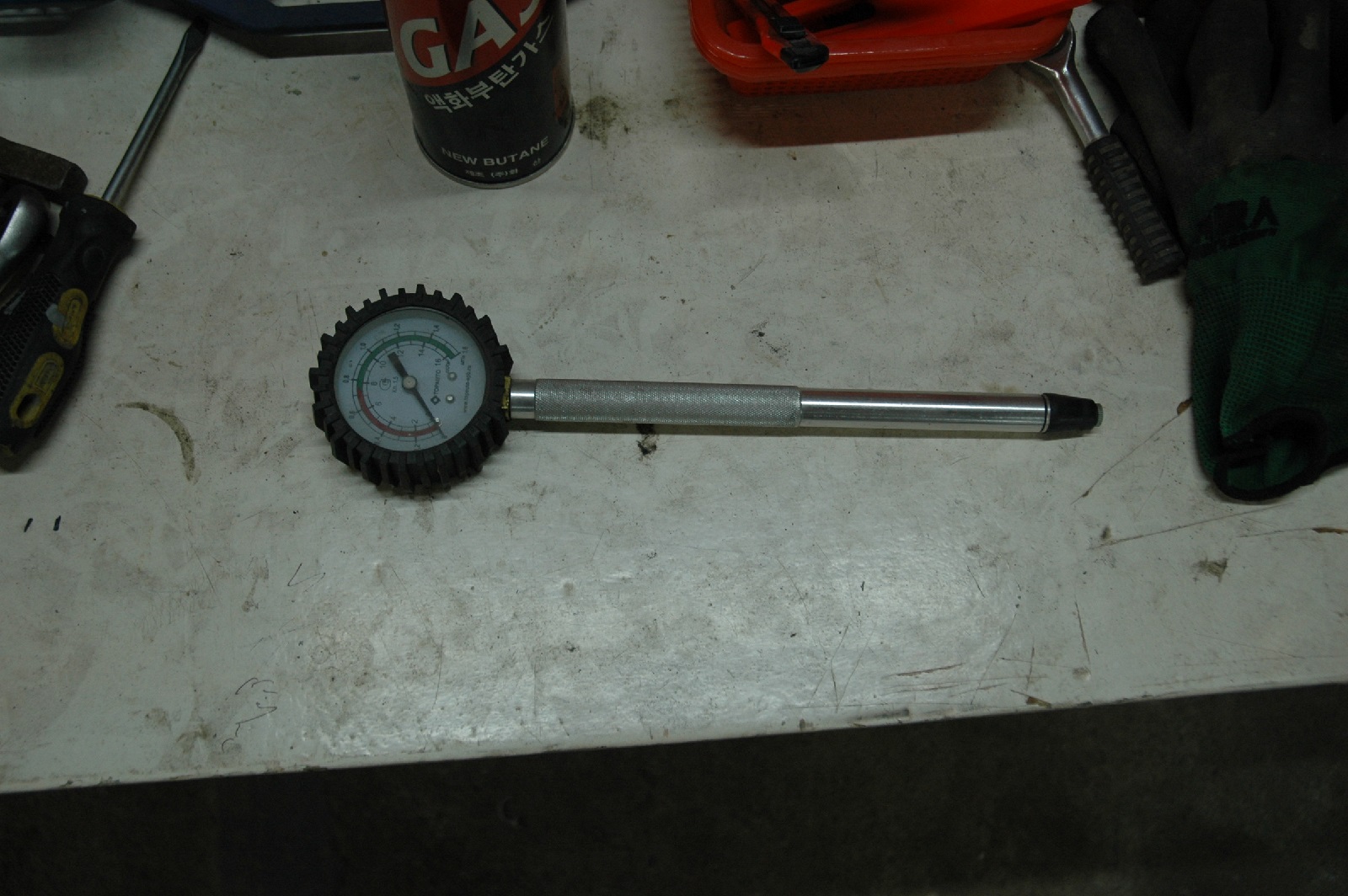
Using this device (compressometer) measure the compression of the motor
Weak spark
It is not difficult to determine the strength of the spark, for this you can order on the Internet or buy a special probe with a spark gap at the nearest auto parts store and use it to measure the strength of the spark. If there is no such equipment, then you can get by with an ordinary thick nail: insert it into the spark plug wire and bring it to the metal parts of the engine at a distance of 1,5–2 cm, then ask an assistant to turn on the ignition and turn the starter. Look at the spark that appears - if it is clearly visible even during the day, and a loud click is heard, then its strength is sufficient and the reason why the car starts and stalls in the cold should be looked for in something else.
Bad fuel
If you often fill up your car at unknown gas stations, and drive with a small amount of fuel in the tank, then when the car starts and immediately stalls in the cold, this is one of the most likely reasons. The water contained in the fuel settles at the bottom of the tank, so over time its amount becomes so large that it begins to affect the operation of the engine. To check the quality of the fuel, drain some of the liquid from the tank into a bottle or jar, this can be done in two ways:
- put a long flexible hose into the container;
- disconnect the supply hose or rail tube, then turn on the ignition, after which the fuel pump will supply some of the contents of the fuel tank.
If the bottle is dark, then pour its contents into a transparent jar and put it in a cool, dark room for a day, tightly closing the lid. If in a day the contents of the can separate into a more transparent and less transparent liquid with a clear boundary between them, then the poor quality of the fuel, as well as the high water content, is proved, if not, then the fuel, according to this parameter, corresponds to the norm.
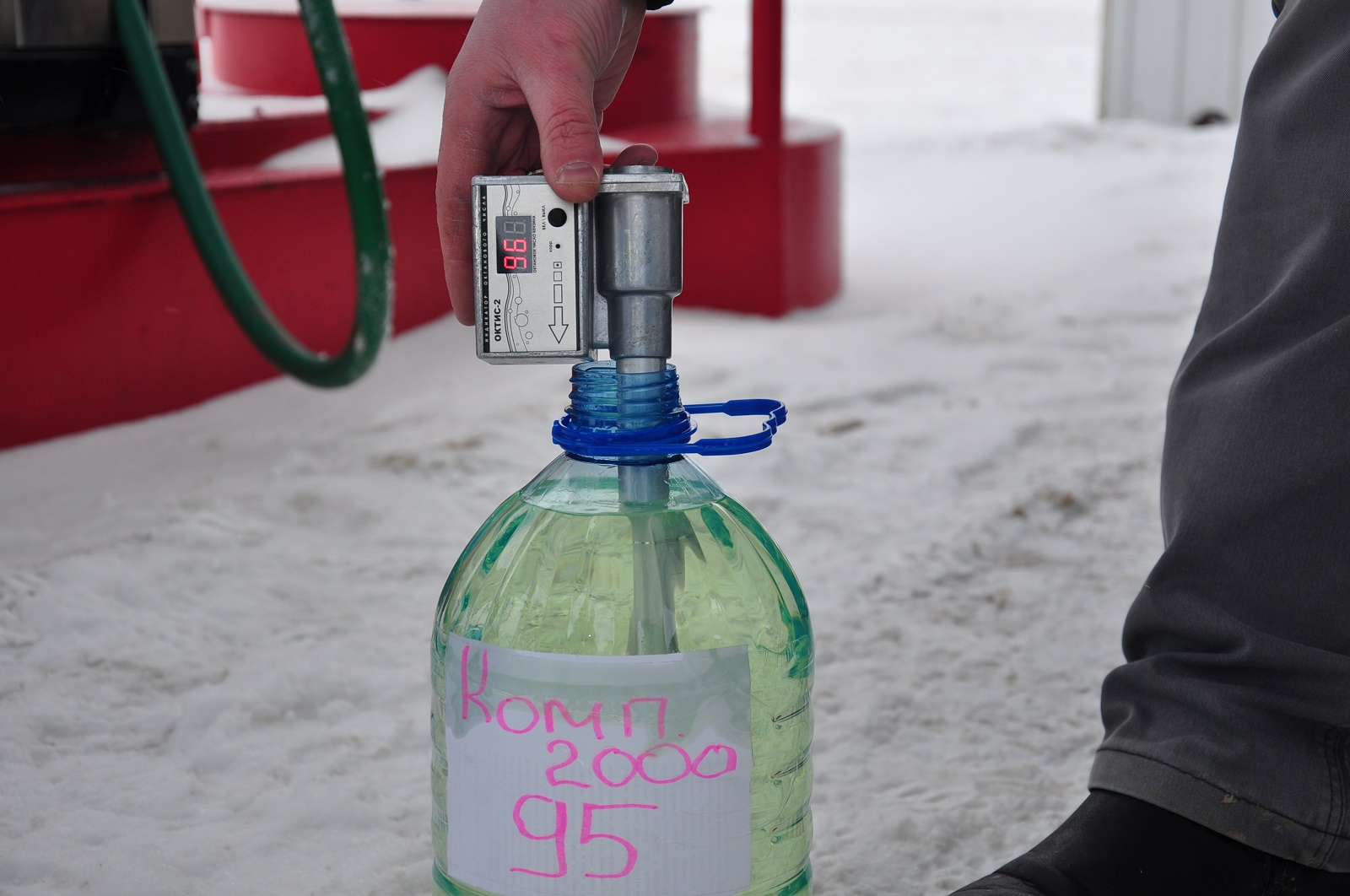
Checking fuel quality with a device
After making sure that the water content is high, drain all the liquid from the tank, then fill in new gasoline. In this case, it is desirable to drain the contents of the fuel system, because it also contains a lot of water. If you cannot do this yourself, then contact the nearest car service, where all the work will be done in 20-30 minutes.
Conclusion
If the car starts and stalls when cold, do not drain the battery by trying to restart the engine several times, instead, diagnose and determine the cause of this behavior. Remember, a car engine is a complex multi-component system, so the improper functioning of even a small unit or part can block the operation of the entire power unit.